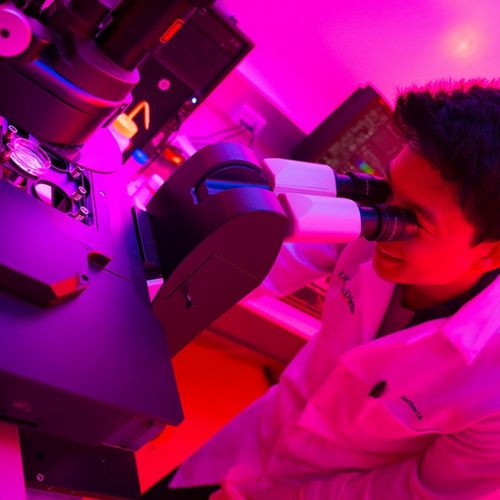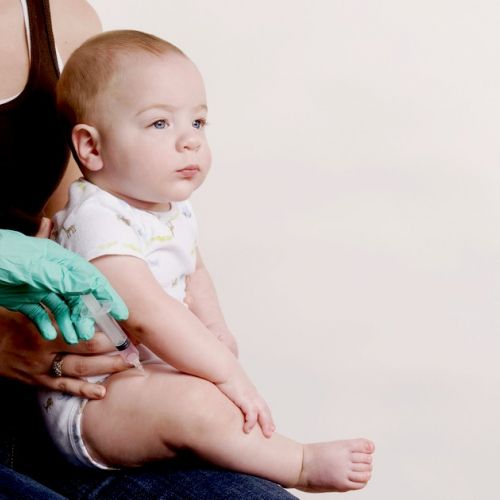Breast Self-examination: Why And How To Do It? Note: Self-examination Of The Breasts Is An Important Practice For Early Detection Of Breast Cancer. It Is Recommended That Women Perform Regular Self-examinations To Familiarize Themselves With The Nor
Practiced once a month, self-breast examination is a simple gesture that can save your life. On the occasion of Pink October, it is important to remember that this self-examination allows for early detection of abnormalities and breast cancer. We will explain how to proceed.
Why adopt this habit?
Breast self-examination is a simple and effective screening method.
Between two control mammograms or two visits to the gynecologist, this self-examination allows you to take an active role in your health.
Palpating your breasts is a way to:
=> get to know your breasts well
=> detect any abnormalities
=> report them to your doctor.
Note: Getting into the habit of checking and palpating your breasts is beneficial for your health, but it does not replace the need for an annual appointment with your gynecologist or a mammogram every 2 years if you are between 50 and 74 years old and do not have any specific risk factors for developing breast cancer.
Breast self-examination is not very common in France (unlike Scandinavian countries), but it can save your life by helping you detect abnormalities early.
The earlier a tumor is detected, the higher the chances of curing breast cancer.
When should it be done?
It is recommended to practice self-breast examination once a month, after menstruation, starting at the age of 20.
It is preferable to perform this examination 2 to 3 days after the end of menstruation because:
=> the tissues are more supple at this point in the menstrual cycle
=> self-examination should be repeated every month at the same time for accurate comparison.
How to perform a self-examination?
The second step of this self-examination is the palpation itself. It should allow you to check the entire surface of both breasts, as well as the hollow of the armpit on each side.
Indeed, breast cancer is not limited to the mammary gland, but can also be located under the arm, in the armpit area, or above the chest, towards the collarbone. That's why it's important to palpate all these areas.
To perform an effective self-palpation:
=> Use the pulp of your three middle fingers of your hand (left hand to palpate the right breast and then switch sides).
=> For each movement, use three levels of pressure: superficial, medium, and strong.
=> Palpate both sides, from the armpit to the nipple, using a circular motion: starting from the top of the armpit, palpate your breast in a spiral motion.
=> Finish with examining the nipple.
In practice:
1- Raise your right arm.
2- Use the three fingers of your left hand to firmly, carefully, and completely palpate your right breast.
3- Move across the entire breast by making small circles with the tips of your fingers. Look for any abnormal lumps or hardening under the skin.
4- Don't forget the area between the breast and the armpit, as well as the hollow of the armpit.
5- Finish with the nipple: gently press the nipple and check for any discharge.
Repeat this self-examination on the left breast.
On the occasion of Breast Cancer Awareness Month, Marie Claire magazine has created a humorous video to show us how to do it:
[embedded video]
You can also find the self-palpation method on the Ruban Rose association's website below.
Good to know:
It is normal to feel the lumps that make up the breast tissue and that feel homogeneous under your fingers. However, if you feel a hard, painless, and somewhat fixed lump, you should consult a doctor.
What should you do if you detect something?
If you notice a recent appearance anomaly, notify your general practitioner or gynecologist without delay.
Most breast lumps are benign, but it is necessary to see a doctor who can prescribe further tests in case of doubt, usually a mammogram associated with or without a breast ultrasound.











